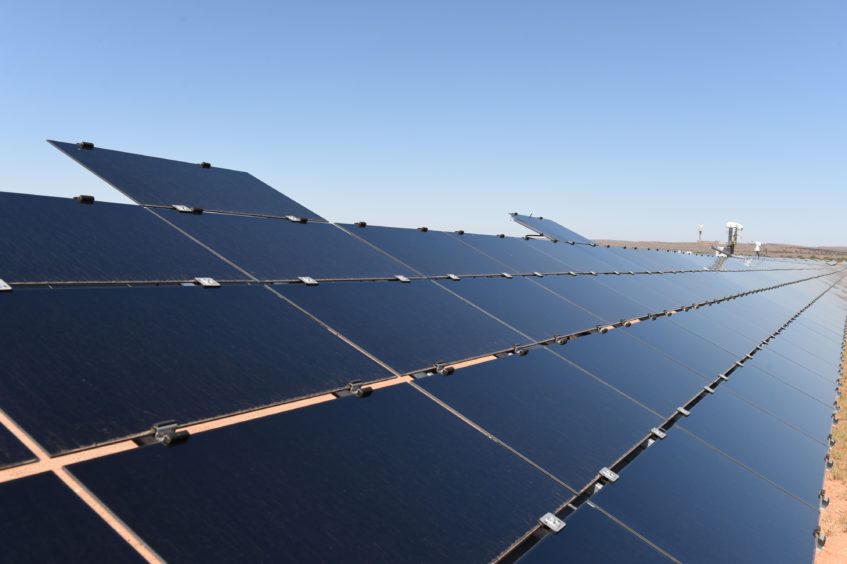
Australia could offer a $26 billion renewable power generation investment opportunity this decade if the government can implement an ambitious long-term Renewable Energy Target (RET) to reverse a slowdown in wind and solar spending.
Share of renewables in Australia’s National Electricity Market (NEM) power generation mix is expected to double to 41% by 2030, from its current share of 21%, a figure which has surpassed the RET, reported energy research company Wood Mackenzie.
The current RET seeks 20% of power generation to come from large-scale renewables from 2020 through to 2030 and is designed to ensure that at least 33,000 gigawatt-hours (GWh) of Australia’s electricity comes from renewable sources starting by 2020. This yearly target will remain until the scheme ends in 2030.
“Australia does not have a federal long-term national power mix target like many other countries. The RET scheme, alongside government funding, have led to the renewables boom over the last few years. Hardware cost declines have continued to be a precursor for growth. But the grid has been pushed to its limit making future renewable cash flows difficult to ascertain and stifling growth,” said Wood Mackenzie senior analyst Rishab Shrestha.
“There is definitely room to achieve more renewables penetration with a more ambitious target for the RET scheme, but the potential needs to be unlocked through grid flexibility investments. A coordinated federal push would be effective,” reckons Shrestha.
At the same time Australia could provide $40 billion of power generation investment opportunity this decade. Close to two thirds of capital spend is expected to flow into new-build renewables by 2030, with equal amounts going into wind and solar, estimates from Wood Mackenzie showed. The remaining $14 billion is projected to be invested in fossil fuels with gas accounting for over 90% of projects.
Australia is at a pivotal juncture today, and investment decisions in the next few years will play a key role in shaping the role of dispatchable generation which will be the need of the hour as coal retirement snowballs.
“Coal retirements will be challenging due to its important role in providing low-cost baseload power. Over 40% or around 10 GW of existing coal fleet in the National Electricity Market (NEM) is expected to retire over the next two decades. But realistically, we think significant retirement of coal capacity will only start from the early 2030s,” said Shrestha.
In the national power generation mix, coal made up 55% and gas made up 12% in 2020. By the end of the decade, Wood Mackenzie projects coal power to account for 47% of the generation mix, while gas makes up 10%. In contrast, the Australian Energy Market Operator (AEMO) expects gas to play a much more subdued role with just 1% share of the 2030 power generation mix.
“There are risks that AEMO’s recently released integrated system plan which targets 1% gas by 2030 would remove critical balancing capacity from the grid system and make renewables integration more challenging,” warned Shrestha.
While onshore wind and utility scale solar are already competitive against coal and gas, the competitiveness will widen as renewables come at a discount of close to 50% by 2030, projects Wood Mackenzie. However, grid and profitability issues limit renewables development. Gas provides grid flexibility but is increasingly being threatened by other storage technologies, cautioned the research company.
“While storage is effective for managing intermittency on the scale of a few hours, it is still far from being able to provide the multi-day or even multi-month backup that gas units provide. In the event of a large plant or transmission line outage, a system relying heavily on renewables and storage looks fragile. More storage is needed, but it will not solve all the problems which are causing a slow-down in wind and solar investment in Australia,” said Shrestha.

